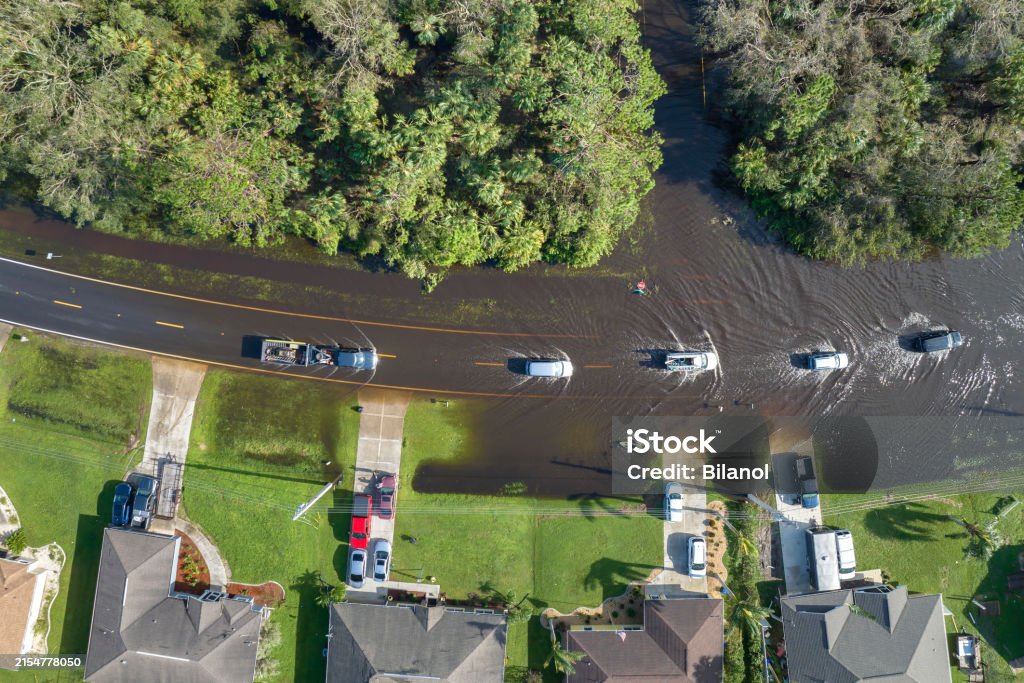Traveling Through Texas Flood Zones: Car Accident Lawyers Share Safety Tips
Texas is no stranger to extreme weather, and when heavy rain hits, flash floods can turn highways and neighborhoods into dangerous flood zones within minutes. With many areas of the state prone to flooding, understanding how to navigate flood zones is critical for every driver. As personal injury lawyers who’ve handled countless flood-related car accident cases, we’re sharing important safety tips to help protect you and your passengers on the road.
Why Flooding Is a Serious Risk in Texas
Texas experiences more flood-related fatalities than any other state in the U.S. The reason? The combination of unpredictable weather patterns, low-lying roadways, and a fast-developing population means more people are caught unaware in flood-prone zones. What’s more, many drivers still underestimate how dangerous floodwaters can be—or don’t know how to respond when they encounter them.
Even a few inches of moving water can sweep a car off the road. A foot of water is enough to float most vehicles, and two feet can carry away large SUVs and trucks. That’s why officials across Texas emphasize the life-saving rule: Turn Around, Don’t Drown.
Top Safety Tips for Driving Through Texas Flood Zones
1. Check the Weather Before You Drive
Always review the weather forecast, especially if your route takes you through areas known to flood. Use apps like FEMA’s or your local news station’s mobile alerts to stay updated on flood warnings.
Even if the rain has stopped, water levels may still rise hours later, and flash floods can happen with little warning.
2. Know the High-Risk Areas in Your Region
Many Texas cities—like Houston, Austin, and San Antonio—have mapped flood zones and high-water areas. If you drive the same routes frequently, learn where flood-prone zones are located. Watch for signs warning of low-water crossings or flood alerts.
If your GPS reroutes you through unfamiliar backroads or neighborhoods, be extra cautious—rural roads often flood first and lack proper drainage.
3. Never Drive Through Floodwater
This cannot be overstated: Never attempt to drive through flooded roads. It’s difficult to determine water depth and whether the road beneath is still intact. Water can erode roadways, leaving deep holes or completely washed-out surfaces beneath what looks like shallow water.
Many drivers who think they can make it across find themselves trapped—or worse. Emergency responders frequently rescue people from cars stuck in floodwaters, and unfortunately, not all rescues are successful.
4. Avoid Night Travel During Heavy Rain
Flood risks increase significantly at night because of limited visibility. If you must travel after dark, slow down and avoid areas with known drainage problems.
If your headlights reflect off water, stop and reassess your route. Don’t take chances by “testing” how deep the water is.
5. If You’re Trapped in Rising Water, Stay Calm and Act Quickly
If water begins to rise around your car:
-
Unbuckle your seatbelt.
-
Roll down the windows—power windows may stop working if water damages the electrical system.
-
Exit the vehicle as soon as possible. Don’t wait for it to be fully submerged.
-
Climb to the roof and call 911 or wave for help.
Never wait until the car is filled with water. In fast-moving floods, time is critical.
Legal Liability in Flood-Related Accidents
You might think that no one is responsible for flood accidents—but that’s not always true. If your crash occurred due to:
-
Inadequate signage warning of flood zones,
-
Poor road maintenance that caused water pooling,
-
A construction company’s failure to secure a safe site during rain, or
-
A city’s failure to implement drainage solutions in known trouble spots,
… then you may have grounds for a personal injury claim.
A skilled car accident lawyer in Texas can investigate whether negligence played a role in your crash, help gather evidence (such as weather data, emergency response logs, and city maintenance records), and guide you toward the compensation you may deserve for medical bills, lost wages, and more.
What Insurance Covers in Flood Accidents
Texas drivers are often surprised to learn that basic liability insurance does not cover flood damage to their own vehicle. To receive coverage, you must carry comprehensive insurance, which covers non-collision-related events such as flooding, hail, theft, and fire.
If your car was damaged or totaled in a flood and you have comprehensive coverage, your insurance company may be responsible for repair or replacement—minus your deductible. However, if another party’s negligence contributed to the flood-related crash, you may be able to pursue compensation beyond your policy limits.
Final Thoughts: Caution Is Key in Flood Zones
Floods are unpredictable and can be deadly. As car accident attorneys in Texas, we’ve seen firsthand how quickly a bad weather situation can become tragic on the road. The best advice we can give: never underestimate water, and always put safety ahead of speed or convenience.
If you or someone you love has been involved in a flood-related car accident and suspect negligence played a role, don’t hesitate to contact a personal injury attorney. Getting legal advice early can make a big difference in your recovery process and your ability to move forward.

